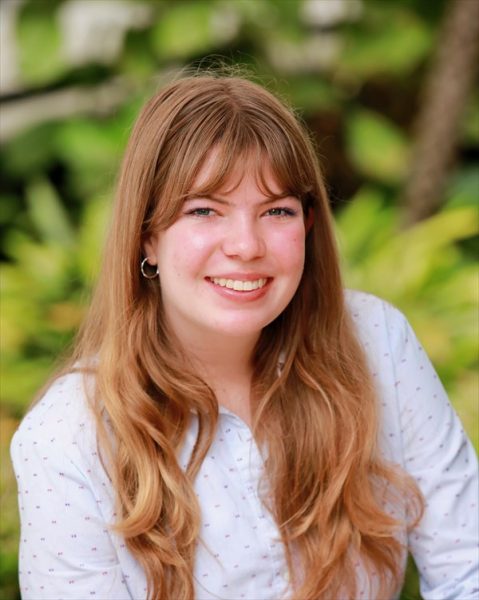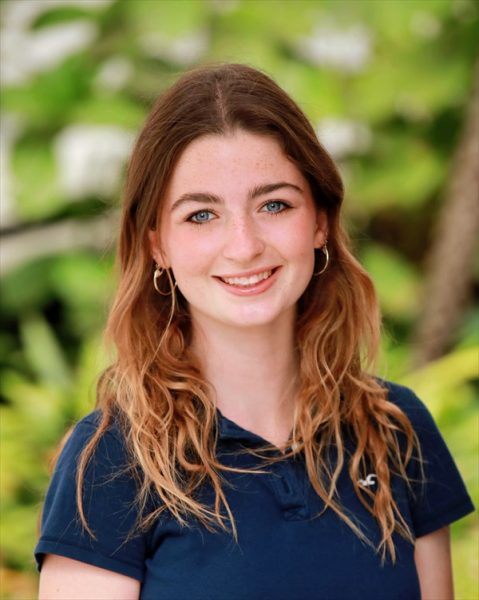Too dry, too fast
Impacts of California drought increase in Bay Area
August 23, 2021
WEB EXCLUSIVE Lake Oroville, the second largest reservoir in California, is currently at 23 percent capacity, the lowest it’s ever been in 44 years.
Seven out of nine Bay Area counties have at least partially reached the most severe drought stage, D4, as of last Monday, according to the U.S. Drought Monitor. The U.S. DM uses a system of D0-4 to show the severity of the drought in different areas ranging from abnormally dry to exceptional drought.
“Being taught about the drought so much since kindergarten and just now hearing about it almost doesn’t have as great of an impact,” junior Lucia Ahearne said. “I feel like there isn’t enough news coverage addressing how bad the situation has gotten recently.”
The County of Marin currently has the most restrictions on water usage after the Board of Supervisors declared the county in a drought emergency last Wednesday. Currently, San Francisco has no restrictions, only suggesting that residents follow the state recommendation of a 15 percent voluntary reduction in water use.
“It is such a Californian thing to always have the drought in the back of your head,” sophomore Anisha Hu said. “It’s almost automatic when it comes to saving water, like turning off the sink while brushing your teeth.”
The drought is particularly severe this year because of a weather pattern called El Niño and La Niña. This pattern will fluctuate and last for a few years at a time, according to Allison Lovejoy, IB Environmental Systems and Societies teacher.
“Right now we are in what’s called La Niña, which brings in heat and dry air which has been a cause for the drought and wildfires,” Lovejoy said. “The moisture is going to the other side of the ocean and so at this point, it is a waiting game to see when it will reverse.”
It is likely that there will be an increased need for water conservation guidelines similar to Marin County this fall, which may lead to more restrictions around the Bay Area, according to Lovejoy.
“After I understood more about the drought, I started making more of an effort to start conserving water more,” Ahearne said. “I think even helping in small ways is important.”










